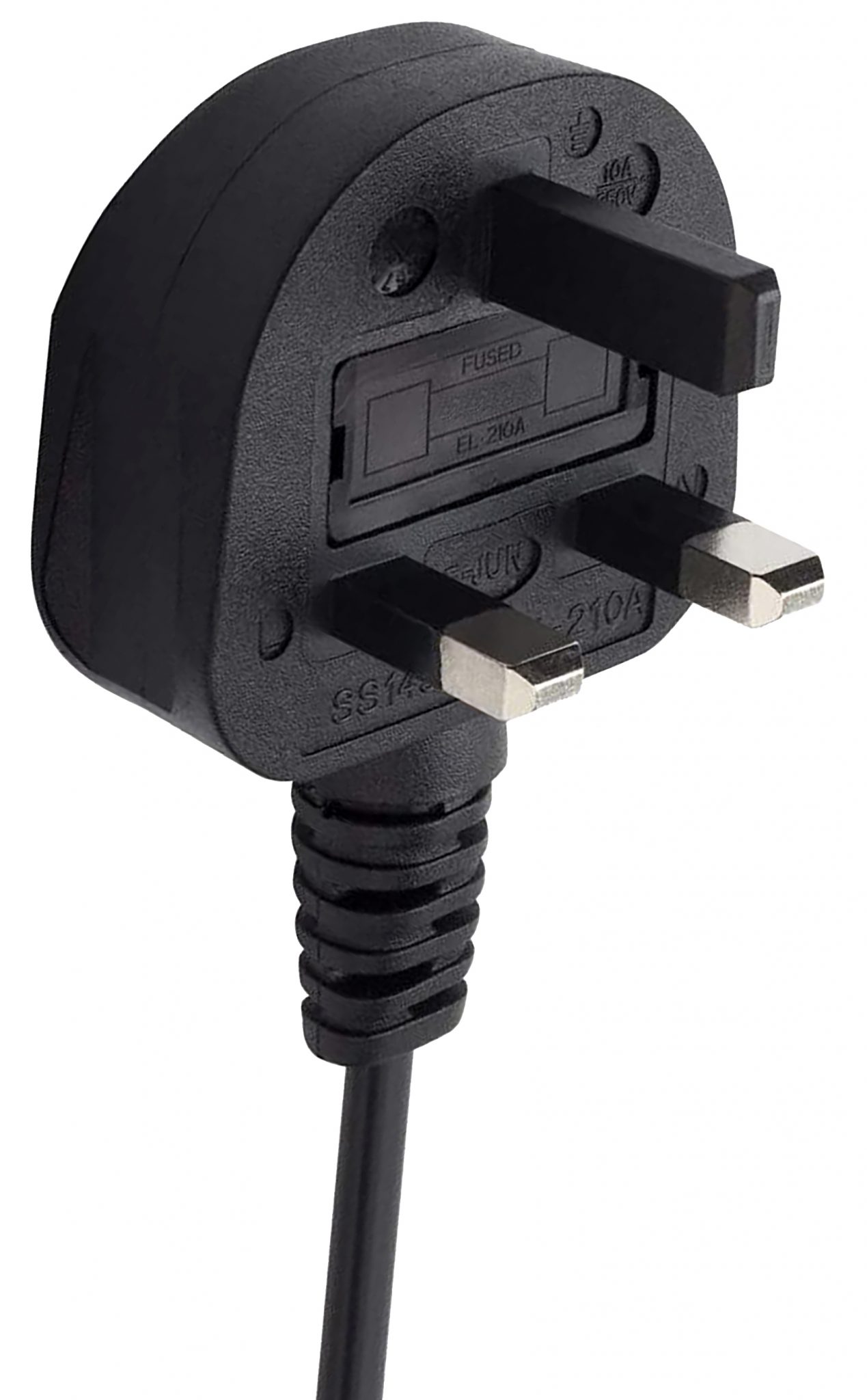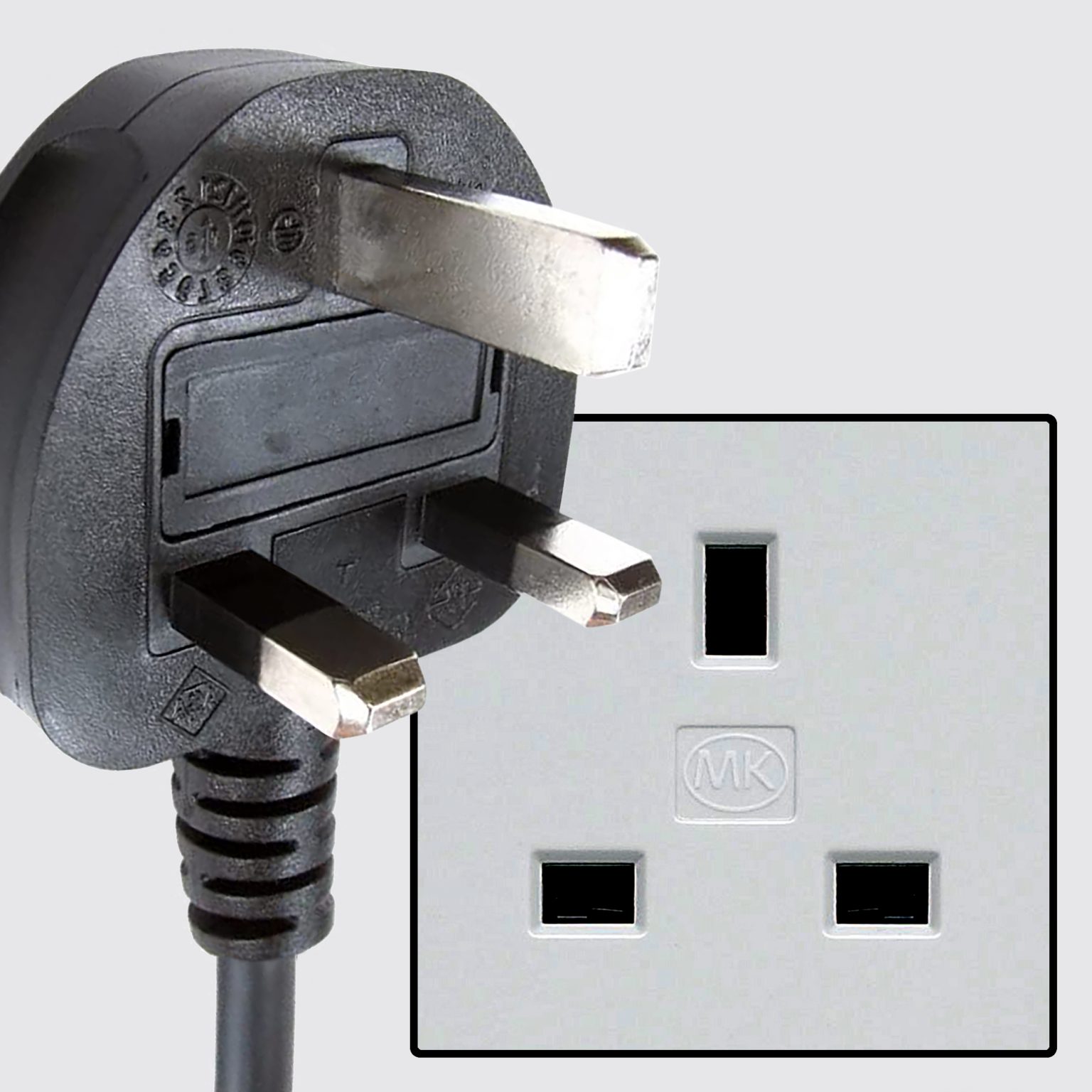UK Plug Voltage: Your Ultimate Guide To Powering Up Safely
Ever wondered why your fancy American gadgets refuse to play nice with UK sockets? Well, buckle up, because we're diving deep into the world of UK plug voltage. It's not just about sticking a plug in a socket—there's a whole lot more to it than meets the eye. From volts to amps, and everything in between, we're breaking it down for you so you can power up safely without frying your devices.
Let's face it, traveling to the UK with your trusty laptop or smartphone charger can be a bit of a headache if you're not clued up on the voltage game. Sure, you could just wing it and hope for the best, but trust me, that’s a recipe for disaster. Understanding the UK plug voltage isn't just about avoiding sparks—it's about ensuring your devices stay alive and kicking.
Now, if you're anything like me, you probably have a ton of questions swirling around in your head. What's the voltage in the UK? Do I need a converter or just an adapter? And what the heck is a Type G plug anyway? Don't sweat it—we've got you covered. This guide will answer all your burning questions and more, so you can travel to the UK without stressing over your tech.
Read also:Tbs The Ultimate Guide To Understanding And Maximizing Its Benefits
Understanding UK Plug Voltage: The Basics
First things first, let's get down to the nitty-gritty of UK plug voltage. In the UK, the standard voltage runs at a solid 230 volts. That's a fair bit higher than what you might be used to in the US or other parts of the world, so it's crucial to know what you're dealing with before you start plugging things in.
Now, here's the kicker: just because the voltage is different doesn't mean you need to panic. Most modern gadgets are designed to handle a range of voltages, so chances are, your devices will be just fine. But it's always a good idea to double-check the label on your charger or device to be sure.
What About Frequency?
While we're on the topic of voltage, let's not forget about frequency. In the UK, the power runs at 50 Hz, which is different from the 60 Hz you might find in the US. Now, for most electronic devices, this isn't a huge deal. But if you're bringing over something like a motorized appliance, you might want to think twice.
Why? Well, some appliances are super picky about their frequency, and running them on the wrong one can lead to all sorts of problems. So, if you're planning to bring over your trusty coffee grinder or hairdryer, make sure it's rated for both 50 and 60 Hz before you plug it in.
Types of UK Plugs: Meet the Type G
Talking about UK plug voltage wouldn't be complete without mentioning the iconic Type G plug. This bad boy is the standard plug used throughout the UK, and it's got a few unique features that set it apart from other plugs around the world.
For starters, the Type G plug has three rectangular pins that fit snugly into the UK's three-pin sockets. It's designed to be super safe, with features like a fuse built right into the plug itself. So, even if something goes wrong, the fuse will blow before your device gets fried. Pretty clever, huh?
Read also:University Of Arizona Basketball The Wildcat Legacy You Need To Know
Why the Type G Plug Rocks
- It's super safe with built-in fuses.
- The three-pin design makes it sturdy and reliable.
- It's designed to prevent accidental electrocution.
Now, if you're coming from a country that uses a different type of plug, you might be wondering how on earth you're going to charge your devices in the UK. Fear not! There are plenty of adapters out there that can help you bridge the gap between your plug and the UK socket.
Do You Need a Voltage Converter?
Here's where things can get a little tricky. While most modern devices are designed to handle a wide range of voltages, there are still some gadgets out there that are a bit more sensitive. So, how do you know if you need a voltage converter?
First off, check the label on your device. If it says something like "100-240V," you're good to go—no converter needed. But if it only says "110V" or "120V," you'll need to grab a converter to step the voltage down before you plug it in.
When to Use an Adapter vs. a Converter
Now, here's the thing: an adapter and a converter are two totally different beasts. An adapter simply changes the shape of your plug so it fits into a UK socket, but it doesn't do anything to the voltage. A converter, on the other hand, actually changes the voltage, making it safe for your device to use.
- Use an adapter if your device is dual-voltage.
- Use a converter if your device is only rated for lower voltages.
So, if you're traveling to the UK with a bunch of gadgets, it's a good idea to have both an adapter and a converter on hand, just in case.
Top Tips for Staying Safe with UK Plug Voltage
Now that you know the basics of UK plug voltage, let's talk about how to stay safe while you're plugging things in. Safety should always be your number one priority, so here are a few tips to keep in mind:
- Always check the voltage rating on your devices before plugging them in.
- Use a high-quality adapter or converter to avoid electrical fires.
- Never force a plug into a socket—it could cause serious damage.
- If you're unsure about anything, consult a professional electrician.
Remember, it's always better to be safe than sorry. A little bit of preparation can go a long way in preventing electrical mishaps, so take the time to do your research and get the right gear before you travel.
Understanding Power Consumption in the UK
When it comes to UK plug voltage, it's not just about the volts and amps—it's also about how much power your devices are consuming. In the UK, power is measured in watts, and it's important to know how much power your devices are using so you can avoid overloading your sockets.
Now, here's the thing: overloading your sockets can be dangerous. If you're plugging in too many high-power devices at once, you could end up tripping the circuit breaker or even starting a fire. So, it's a good idea to keep an eye on your power consumption and spread out your devices across different sockets if needed.
How to Calculate Power Consumption
Calculating power consumption is pretty straightforward. All you need to do is multiply the voltage by the current (in amps) to get the power in watts. For example, if you've got a device that uses 2 amps at 230 volts, it's consuming 460 watts of power.
Now, if you're not a math whiz, don't worry—there are plenty of online calculators that can do the work for you. Just plug in your numbers, and voila! You'll have your power consumption in no time.
Common Myths About UK Plug Voltage
There are a ton of myths floating around about UK plug voltage, and it's time to set the record straight. Here are a few of the most common ones:
- Myth: You can use any plug in the UK. Wrong! The UK uses the Type G plug, so you'll need an adapter if your device has a different type of plug.
- Myth: All devices are safe to use at 230 volts. Not true! Always check the voltage rating on your devices to be sure.
- Myth: You don't need a converter if your device is dual-voltage. While most dual-voltage devices are fine, it's always a good idea to double-check.
By busting these myths, you'll be better equipped to handle the UK plug voltage like a pro.
Real-Life Examples: Tales from the Voltage Frontlines
Let's take a look at some real-life examples of people who've run into trouble with UK plug voltage. These stories are both cautionary tales and learning opportunities, so pay attention!
Take Sarah, for instance. She traveled to the UK with her trusty American hairdryer, assuming it would work just fine. But when she plugged it in, the hairdryer promptly fried, leaving her with a bad hair day and a lesson learned. Moral of the story: always check the voltage rating on your devices before you plug them in!
Lessons Learned
- Do your research before you travel.
- Invest in a good adapter or converter.
- Don't take chances with your devices.
By learning from others' mistakes, you can avoid the same pitfalls and ensure your devices stay safe and sound.
Conclusion: Powering Up Safely in the UK
And there you have it—your ultimate guide to UK plug voltage. From understanding the basics to staying safe and avoiding common pitfalls, we've covered everything you need to know to power up like a pro in the UK.
Remember, the key to a successful trip is preparation. Make sure you've got the right gear, know the voltage and frequency requirements for your devices, and always prioritize safety. And if you're ever in doubt, don't hesitate to consult a professional.
So, what are you waiting for? Grab your adapter, pack your devices, and get ready to explore the UK with confidence. And don't forget to share this guide with your friends so they can stay safe and powered up too!
Table of Contents
- Understanding UK Plug Voltage: The Basics
- Types of UK Plugs: Meet the Type G
- Do You Need a Voltage Converter?
- Top Tips for Staying Safe with UK Plug Voltage
- Understanding Power Consumption in the UK
- Common Myths About UK Plug Voltage
- Real-Life Examples: Tales from the Voltage Frontlines
- Conclusion: Powering Up Safely in the UK
Article Recommendations


